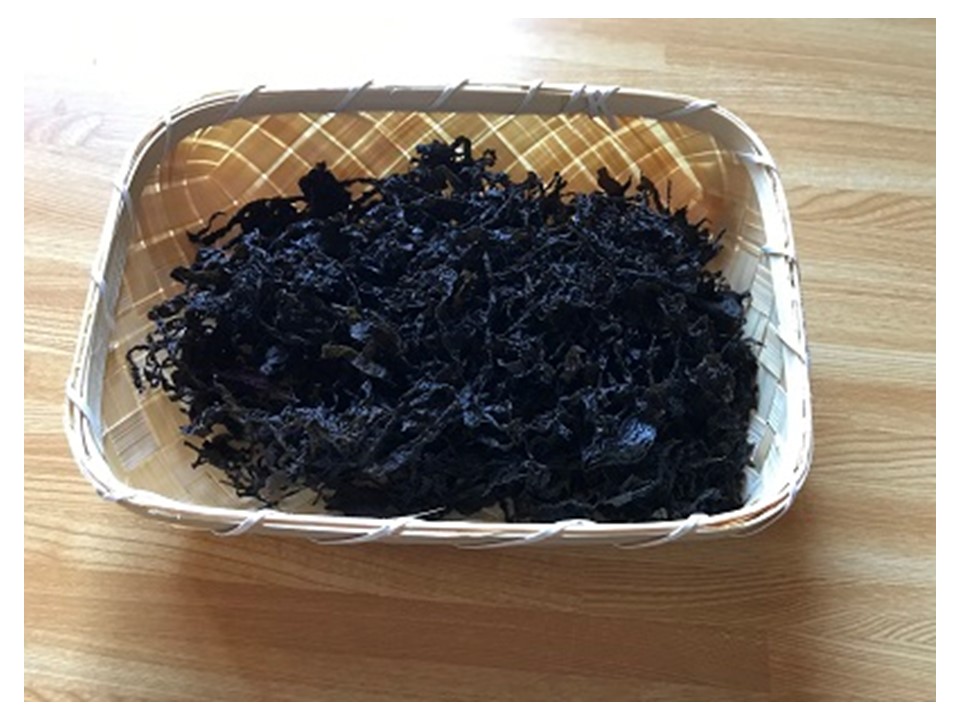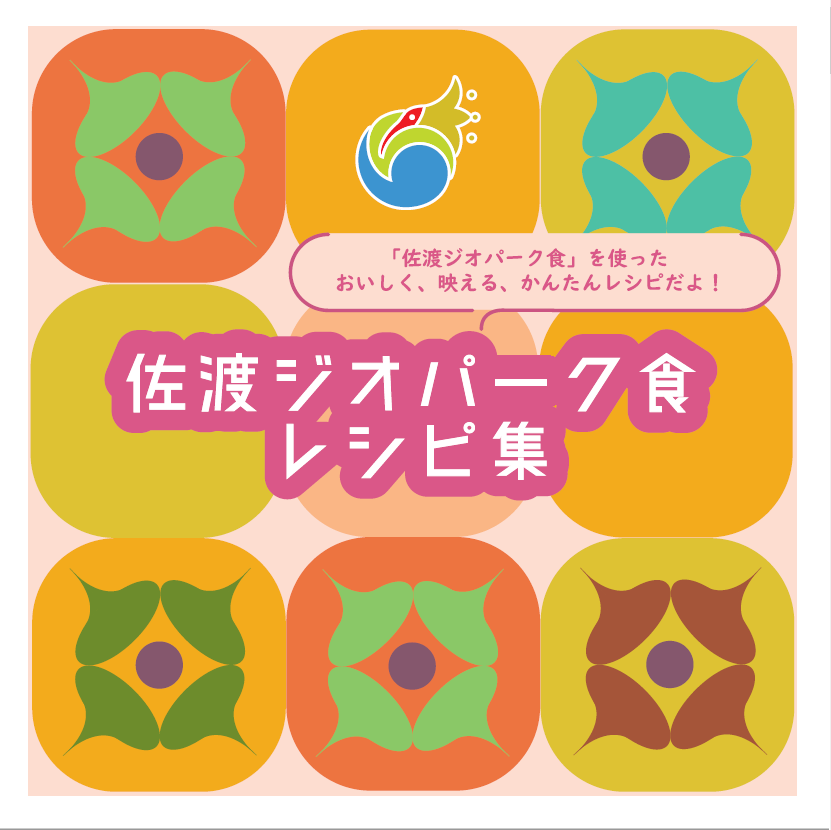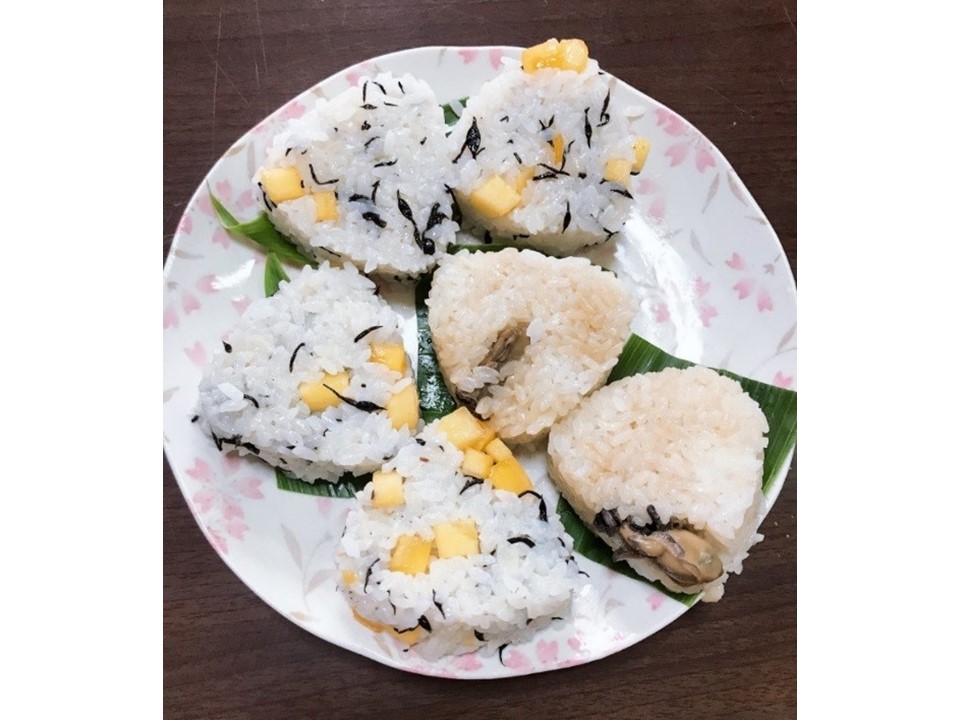Sado Island Geopark Foods
Here, you will find local specialties with a connection to the history of Sado Island, its natural environment, and its inhabitants' lives. Of course, we will talk about the history of Sado Island Geopark.
We invite you to enjoy these Sado Island Geopark foods.
Arame Seaweed
The Origins of Arame Seaweed
Since most of the rocks on Sado Island were formed by volcanic activity during the continental era, much of its coast is made up of reef and gravel. Long ago, the sea floor uplifted to become Sado Island. The flattened seabed was eroded by waves, creating well-developed wave-cut platforms, which provide favorable growing conditions for a variety of seaweed species, such as arame seaweed. Arame seaweed is eaten by people, but it is also an important food source for small fish, shrimp, and shellfish. Habitats rich in arame indicate good fishing grounds for awabi (abalone) and sazae (turban shells), mainstays of Sado Island inshore fishing.
Characteristics
This seaweed has been eaten for centuries on Sado Island. It can be preserved for two to three years when dried, and so it is usually sold as a dried food. To prepare it, it is rehydrated in water and cooked in stir-frys or boiled in tsukudani (simmered in soy sauce and mirin). Arame is considered to be a highly nutritious seaweed because it is rich in iron, calcium, protein and dietary fiber.








